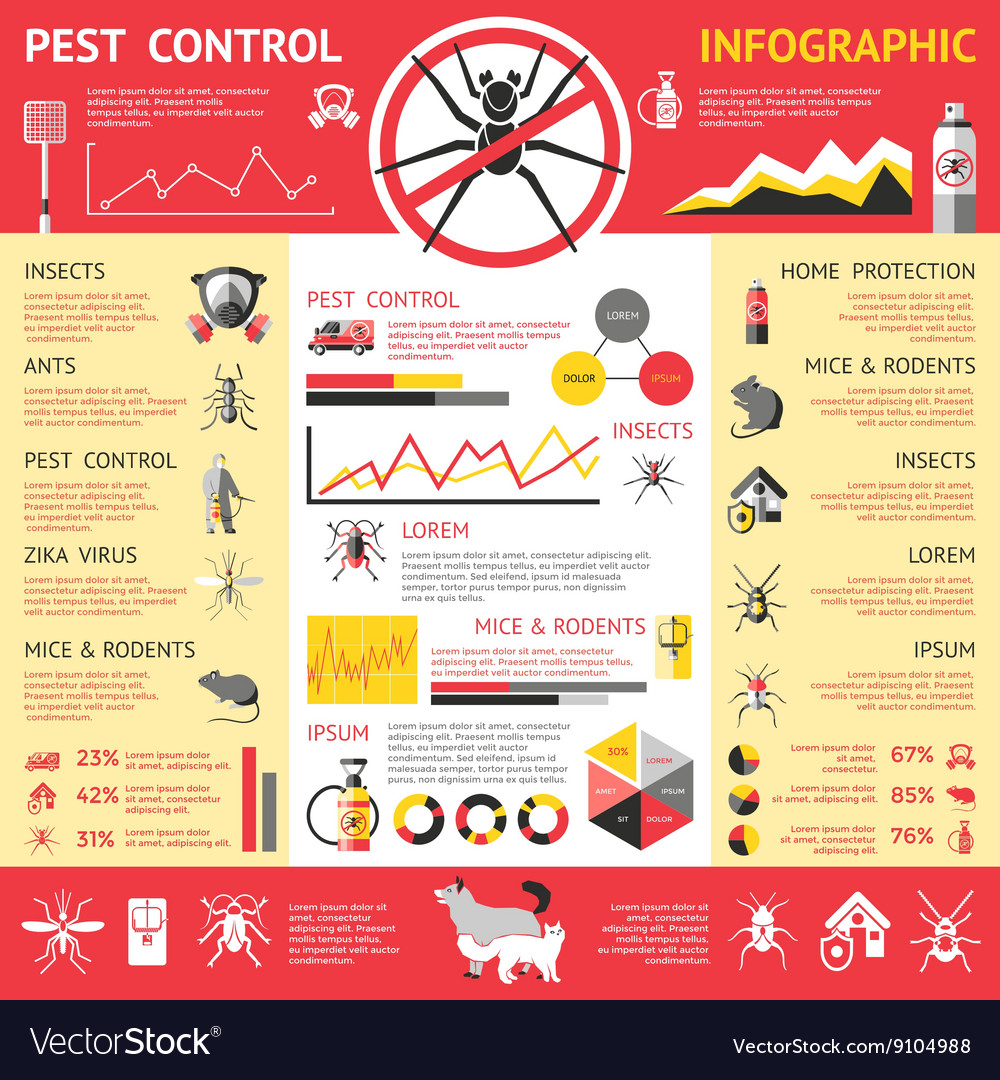The Duty Of Pest Exterminators In Environmental Sustainability
The Duty Of Pest Exterminators In Environmental Sustainability
Blog Article
Material Writer-Brooks Hess
You could believe that parasite exterminators are just concerned with eliminating pests, yet their duty exceeds that. They play a crucial component in environmental sustainability.
By utilizing integrated parasite management strategies, they not only eliminate insects but likewise protect biodiversity.
In addition, they use lasting insect extermination approaches to minimize environmental risks.
So, following time you question the significance of bug exterminators, remember their payment to a greener and much healthier world.
The Value of Integrated Bug Monitoring
You need to recognize the significance of integrated bug management in keeping a lasting environment.
Integrated Bug Management (IPM) is a technique that focuses on avoiding and managing parasites while reducing making use of harmful chemicals. By implementing IPM strategies, you can effectively manage insect populations without creating damage to the atmosphere.
One vital aspect of IPM is making use of organic controls, such as killers and parasites, to naturally manage pest populations. This lowers the demand for chemical pesticides, which can have damaging effects on wild animals and ecological communities.
Additionally, IPM promotes making use of cultural and physical controls, such as crop turning and exclusion methods, to stop parasites from coming to be a problem in the first place.
Safeguarding Biodiversity Through Pest Control
We can secure biodiversity with efficient pest control techniques that prioritize the preservation of natural communities. By utilizing responsible insect control practices, we can protect and preserve the fragile balance of varieties within our setting. Right here are 3 ways in which parasite control adds to guarding biodiversity:
- ** Maintaining indigenous flora and fauna ** - By targeting invasive species that endanger native plants and animals, insect control aids guarantee the survival of aboriginal species and preserves the all-natural diversity of ecological communities.
- ** Protecting against rat pest control of diseases ** - Controlling bugs such as insects and ticks minimizes the risk of conditions spreading to wildlife populations, shielding biodiversity and preventing prospective outbreaks.
- ** Saving threatened types ** - By taking care of bugs that prey on or take on threatened varieties, pest control efforts can improve the possibilities of survival and promote the recuperation of susceptible populations.
Via responsible insect control approaches, we can proactively add to the conservation of biodiversity and the sustainability of our environment.
Mitigating Environmental Threats With Sustainable Pest Elimination Approaches
By utilizing sustainable insect elimination techniques, you can efficiently minimize environmental risks while ensuring the safety and security and well-being of both humans and the all-natural community. Typical pest control methods typically involve making use of damaging chemicals that can have destructive effects on the setting.
However, lasting parasite elimination techniques focus on lessening these dangers by using environmentally friendly choices. For example, incorporated parasite management (IPM) strategies prioritize making use of non-toxic and biodegradable items, along with natural predators to regulate pest populations. This approach not just decreases the negative influence on the atmosphere but likewise helps to preserve the delicate balance of the community.
In addition, sustainable parasite extermination approaches promote the preservation of biodiversity by targeting certain parasites without hurting valuable organisms. By taking on these techniques, you can add to an extra lasting and eco-friendly technique to pest control.
Verdict
You are the pest exterminator, the guardian of nature's harmony. With incorporated parasite management, you balance the delicate environment, ensuring the survival of diverse species.
With sustainable methods, you reduce ecological threats, maintaining the fragile balance intact.
Like a symphony conductor, you coordinate the rhythm and circulation, protecting the biodiversity that dances in ideal consistency.
With every action you take, you produce a world where nature grows, where pests pull back, and where sustainability preponderates.
